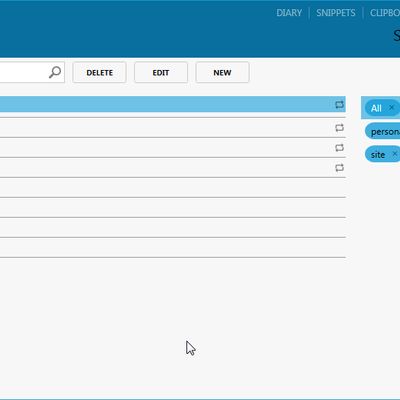

Switching between the selected keyboard layout is done by pressing Ctrl + Space (Ctrl + space).The rest of the work with the emulator completely repeats the work with tablets on Android, including the Android settings themselves.MEmu is very similar to the popular Android emulator, BlueStacks, but excels at performance and can use a webcam like an Android device’s camera.Users can set device parameters emulated in the emulator settings, for example, you can set the number of cores of the emulated processor, screen resolution in pixels, the amount of RAM available, the brand, the model phone number and IMEI of the mobile device, and root support.Of course, this number directly depends on the performance of your PC or laptop. This program allows you to run applications developed for Android phones and tablets on computers or laptops, while devices that are emulated in terms of performance in games will work faster than current flagship smartphone and tablet models.It is very convenient that they are implemented separately buttons for screenshots, shake, change screen orientation, clean memory, adjust volume. In addition to adjusting the Android system options themselves, there are additional settings, such as selecting screen resolution (up to full screen), placing the navigation bar (up, down, hiding), using a virtual keyboard, getting Root right, etc. This emulator can be fully adjusted to your preferences and needs. Now, if you want to test a program or only play one of the many interesting games from the Google operating system, then there’s no need to even have a real device.

reverse-im solves the issue of having a non-default system keyboard layout selected, whereas yeis doesn't even attempt to solve that.Īgain, reverse-im is an interesting package, but the scope is quite different.MEmu Android Emulator 6.2.7 (319 Mb) is one of the best emulators of the Android operating system, which allows you to enjoy all these mobile platform applications and games directly on your Windows-based computer. All of that happens on the fly, without pressing any keys! If I type "ghbdtn" on a QWERTY layout I actually meant "привет", whereas by "руддщ" I meant "hello". yeis attempts to behave like Punto Switcher - when you type a word, it gets "translated" into another keyboard layout if needed. yeis uses robin.el, whereas reverse-im uses quail.el to manage inputs methods within Emacs (thus saving lots of hard work with translating characters). Let me highlight the differences between reverse-im and yeis: Yeis doesn't suffer from that issue, since it leverages regex. Basically because reverse-im uses backward-word to manage the translations. I tested it and found that it fails to translate "[jhjij" into "хорошо".


 0 kommentar(er)
0 kommentar(er)
